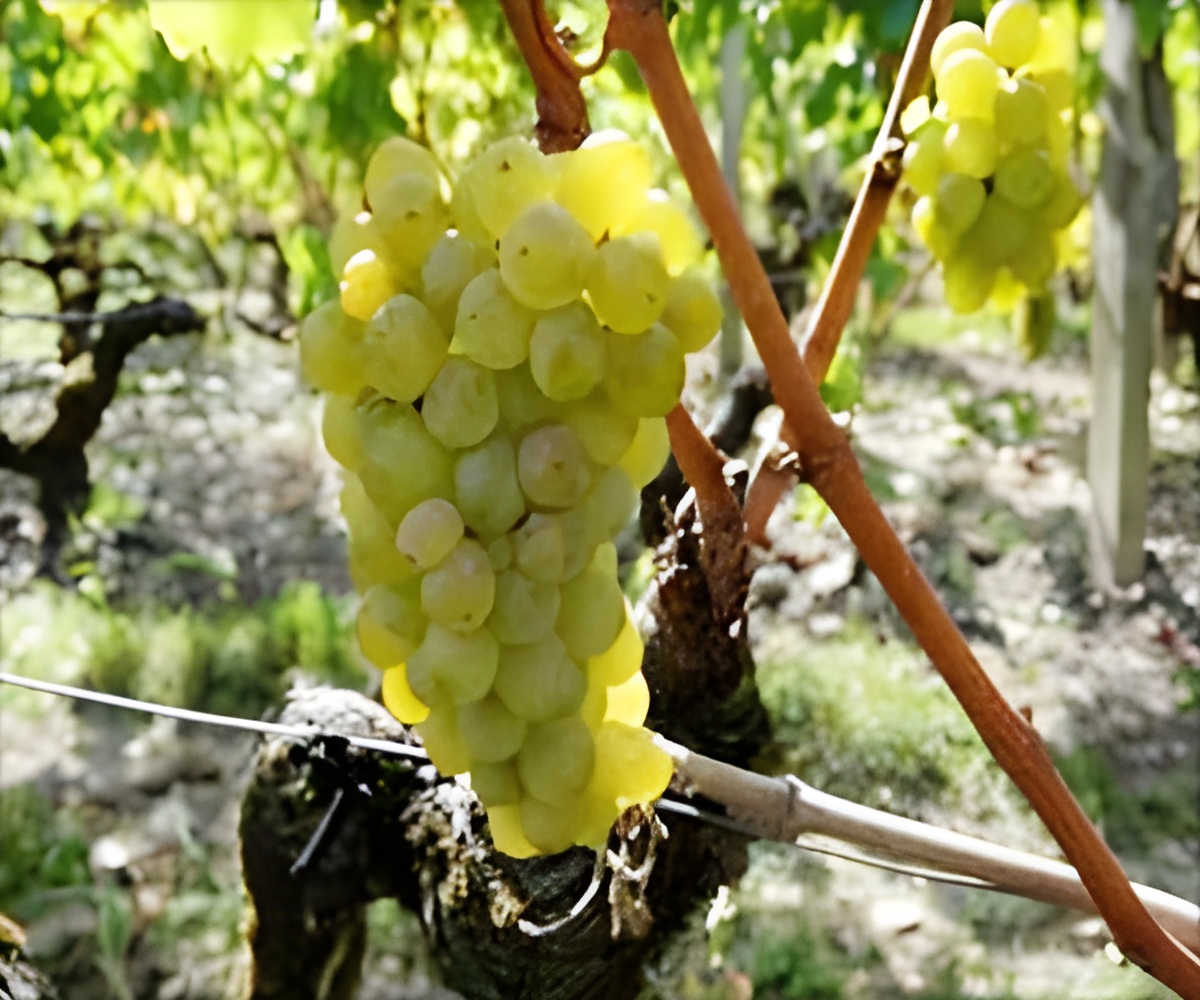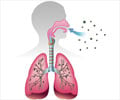
"The strain of yeast used in fermentation definitely affects the flavor of the wine," said Gavin Sherlock, PhD, an associate professor of genetics who personally taste-tested several vintages specially produced by his Gallo collaborators as part of the research, "and we thought that these strains would fall into a nice evolutionary-tree-like structure with a common ancestor."
Instead they found chaos. The yeast, which normally reproduce asexually, had partnered multiple times not just with one other — mingling strains — but even with members of different species of yeast.
"We were surprised to see how much mating has occurred," said senior research associate Barbara Dunn, PhD. "It makes it much harder to follow the trail backward through history."
It's not clear whether the crossbreeding the researchers observed was deliberately fostered by ambitious winemakers or bakers, or if it happened by chance.
Sherlock is the senior author of the research, which will be published online Feb. 27 in Genome Research. Dunn is the first author of the study. The work was done in collaboration with, and funded by, the E. & J. Gallo Winery. A special wine-production line was used for the study to be sure that all other variables, such as grape type and temperature, were eliminated.
Advertisement
"The total gene pool for this species is not well-characterized," said Sherlock. "But there have been indications that the reference sequence generated in the '90s doesn't accurately reflect the totality of the cerevisiae genome. Comparing the genomes of many strains will help us understand how they are related."
Advertisement
Like other organisms, yeast — most of which belong to the genus Saccharomyces — are classified into groups by species indicated by their scientific names. The common baker's yeast, Saccharomyces cerevisiae, for example, is a different species than S. paradoxus or S. mikatae. Within each species are subgroups called strains that share genetic information, somewhat like extended family members.
Many of these yeast strains and species have been used by humans for several millennia. Early humans relied on airborne wild yeast to help their bread to rise and grain to ferment.
Eventually they began to reuse portions of dough from baking or the sludge left behind after fermentation to ensure the success of their next effort. As they did so, they were unconsciously selecting for particular yeast strains. Now, several industrial applications — including commercial wine making, beer brewing, baking and even the production of fuel ethanol — all rely on their own particular species and strains.
The reason the extent of mating was surprising is that most yeast, at least during industrial processes, reproduce primarily by asexual budding — pinching off one identical daughter cell after first duplicating the parent's genetic material. Occasionally they go through sexual reproduction and form spores that can mate with another spore of the same species and then continue to bud asexually.
"It's not known how often yeast mates in the wild," said Sherlock, "but it's thought to be relatively rare. That's why we thought that the yeast strains we studied would be relatively pure lineages, and that we could easily deduce evolutionary relationships among them."
The researchers used a technique called array-comparative genomic hybridization to analyze the genomes of 83 strains of yeast. The technique identifies variations in copy number among different yeast samples and can be used to deduce evolutionary relationships as an alternative to sequencing the entire genome. Sixty-nine of the strains studied by the researchers are used in commercial wine making; the remaining 14 are used either in other industrial applications or occur naturally in the wild.
They found a surprising genetic mish-mash. Several strains harbored bits and pieces of DNA from other cerevisiae strains or even other Saccharomyces species — proof positive of past co-mingling. And more than one strain sported the same bits of DNA as another, suggesting that a particular gene or genes offered an evolutionary leg up.
"It suggests that there might be something advantageous to winemakers about that DNA," said Sherlock. "One gene is known to reduce haziness in white wines, while another affects the amount of foam produced during fermentation."
The researchers plan to continue their experiments on how yeast strains affect wine flavor and other characteristics. But they also plan to conduct whole-genome sequencing of many of their samples to nail down once and for all who is related to whom, and to figure out exactly what's been going on in those wine barrels.
"Historically, winemakers were just happy to see that fermentation was taking place," said Sherlock. "But it seems that all the sloshing about that occurs during the process may have facilitated some very interesting couplings."
Source-Eurekalert











